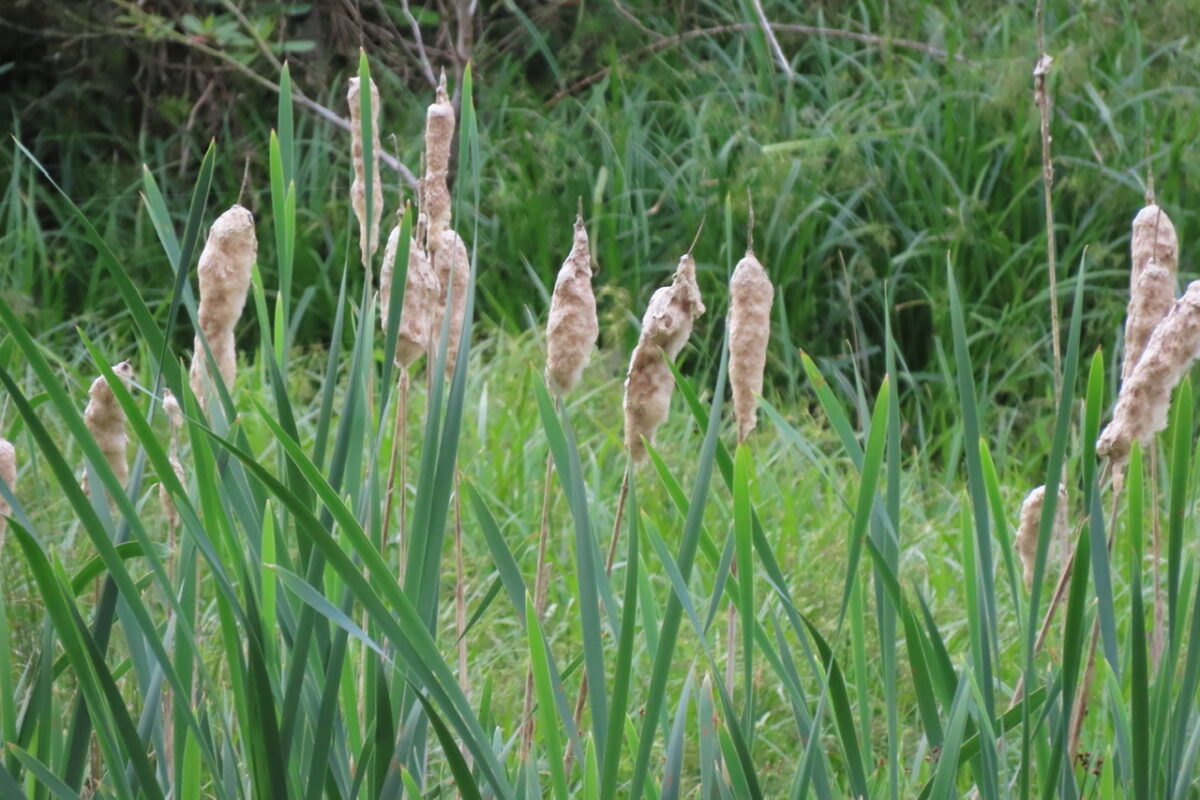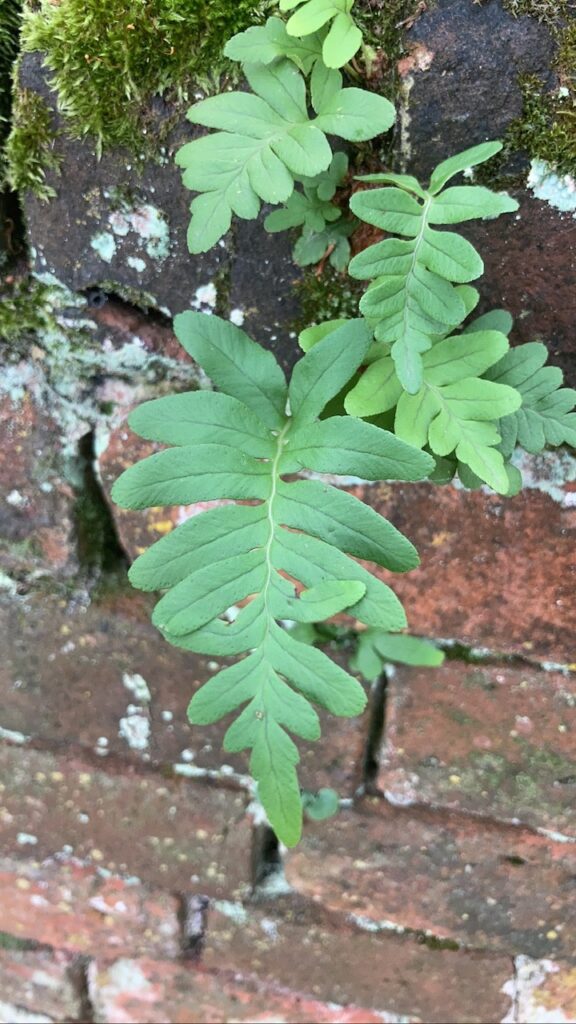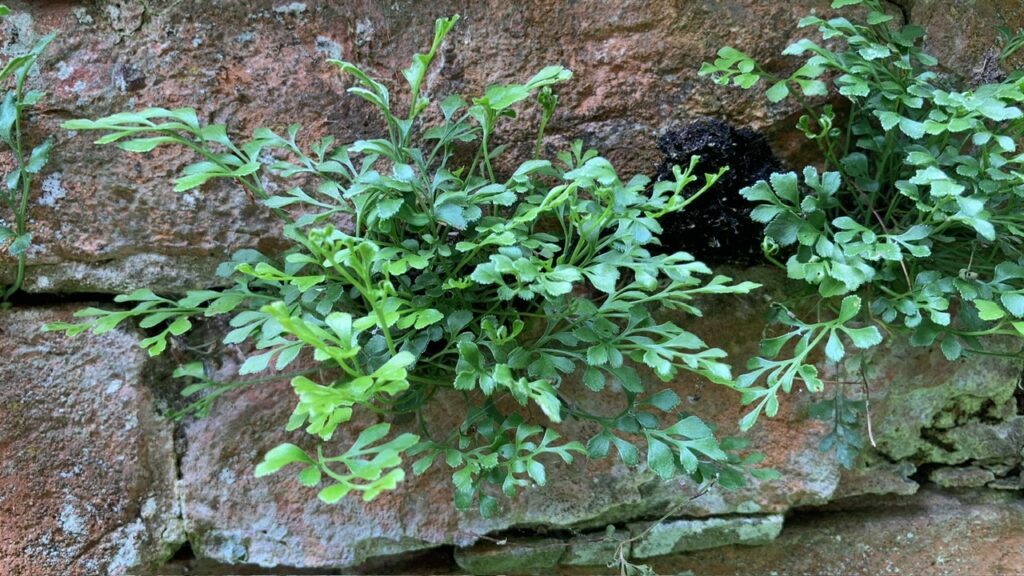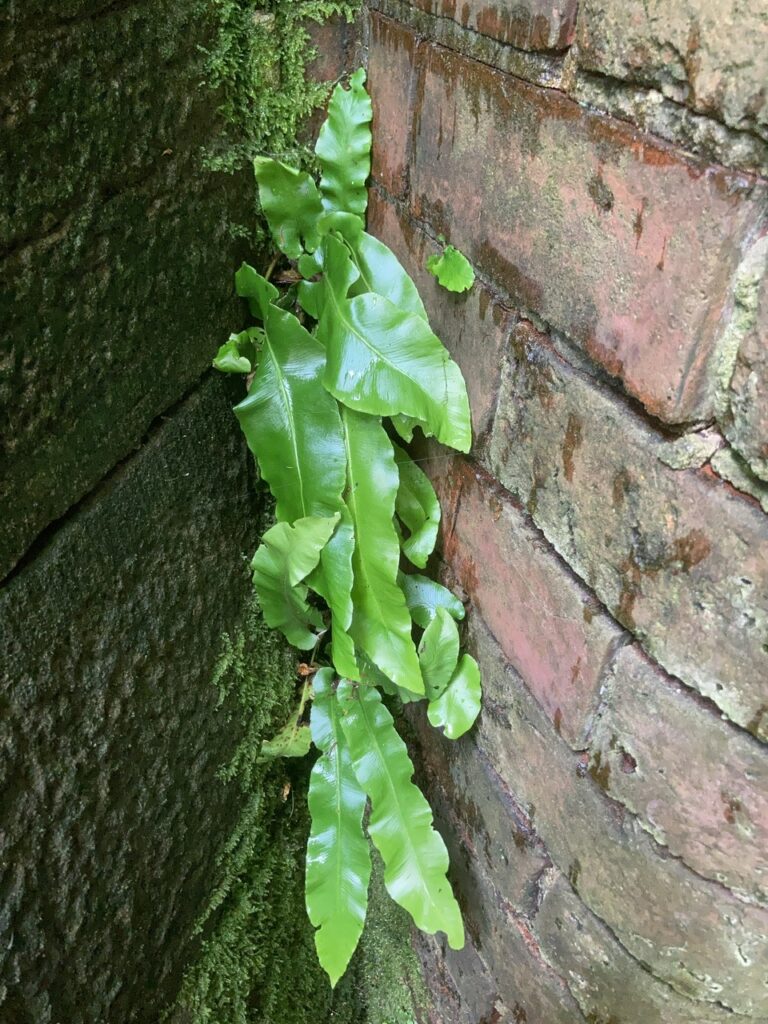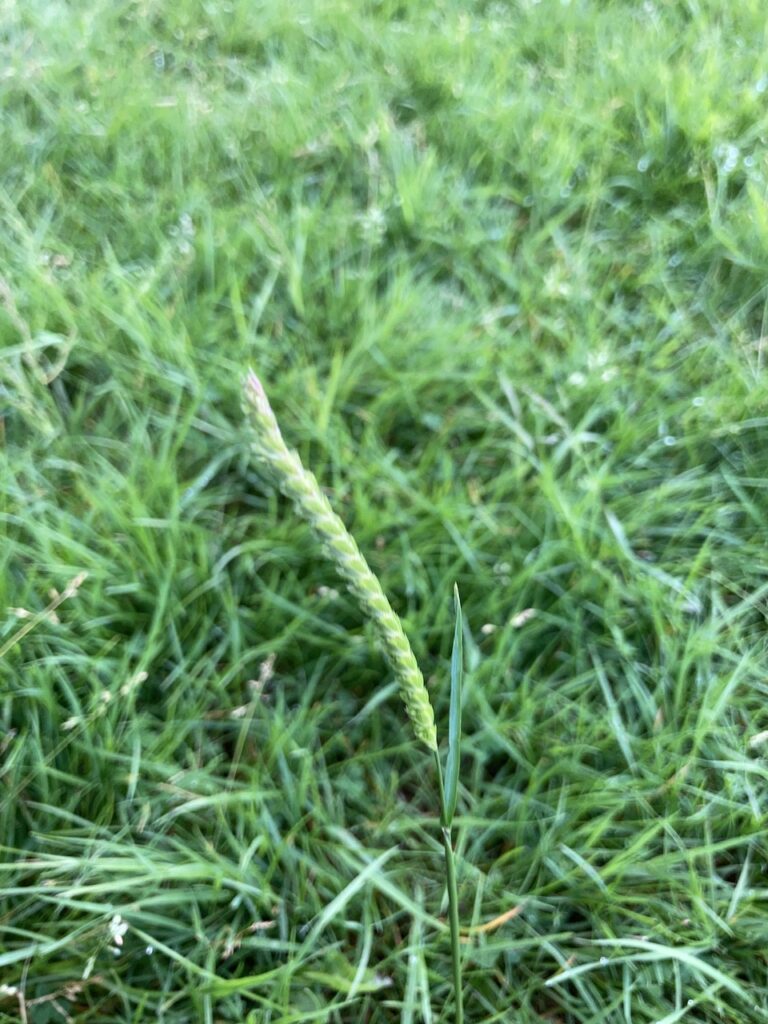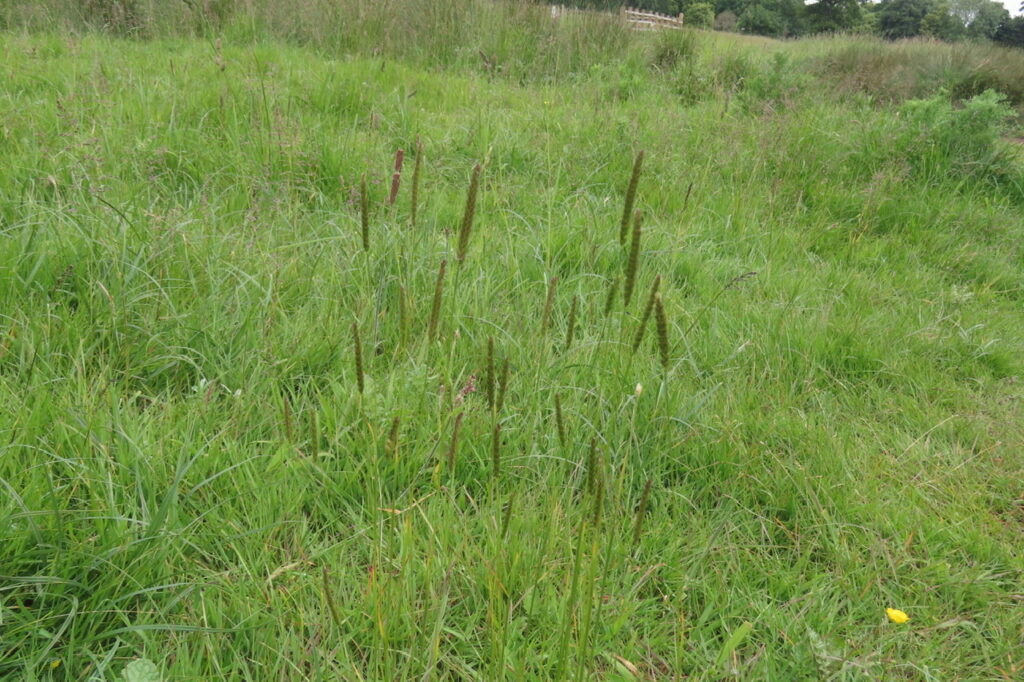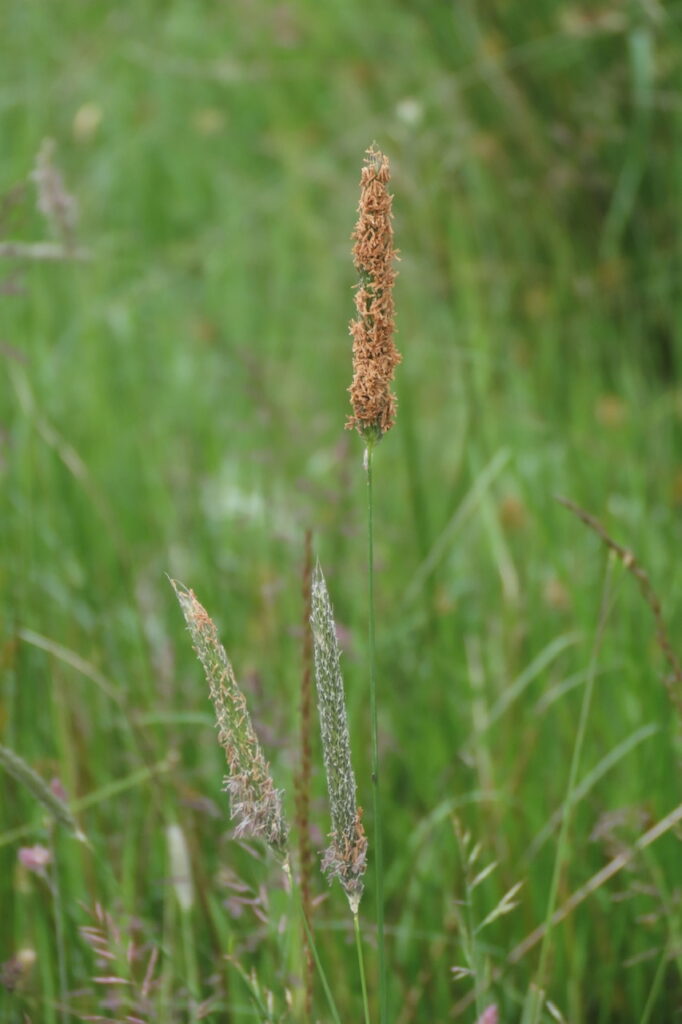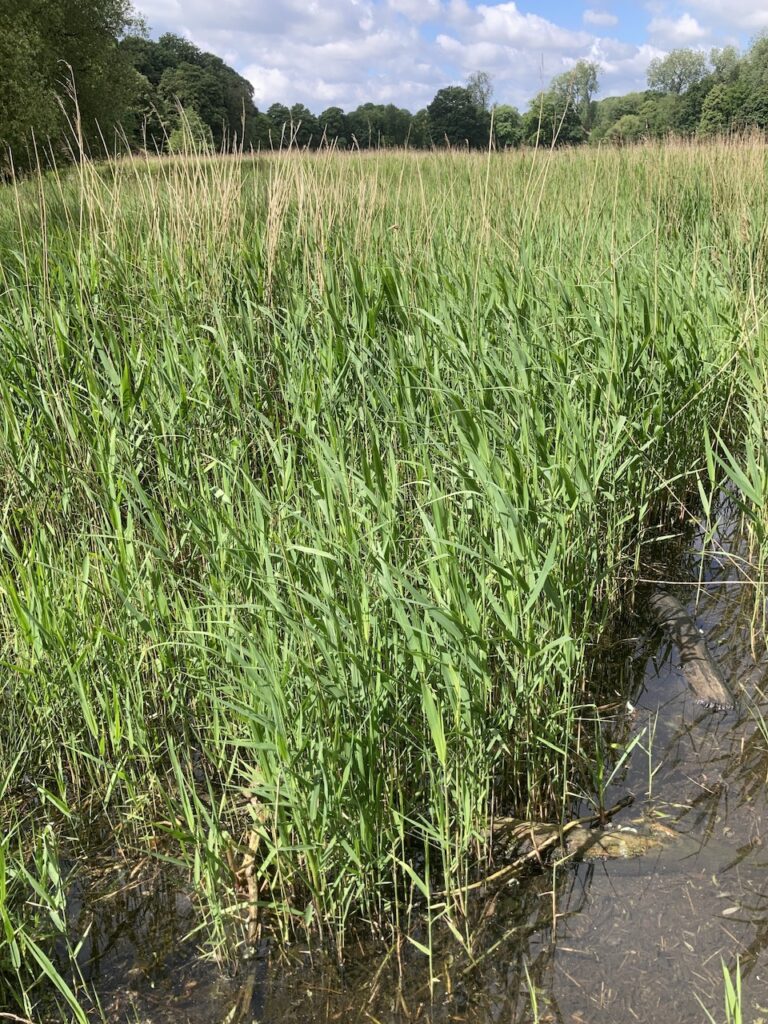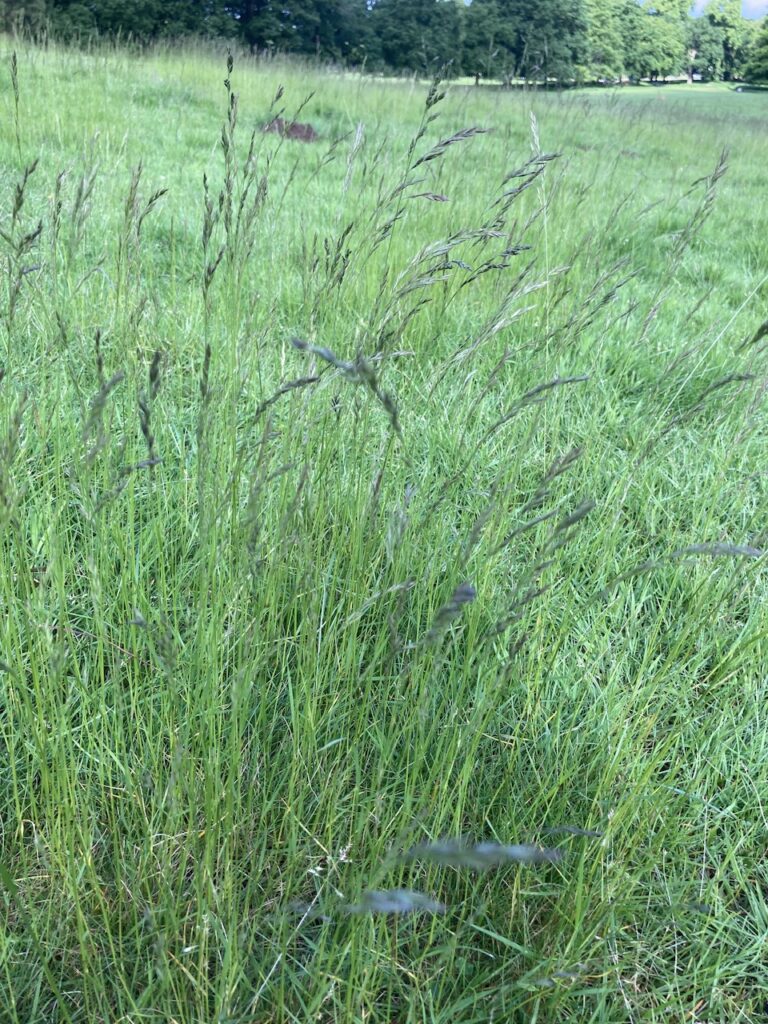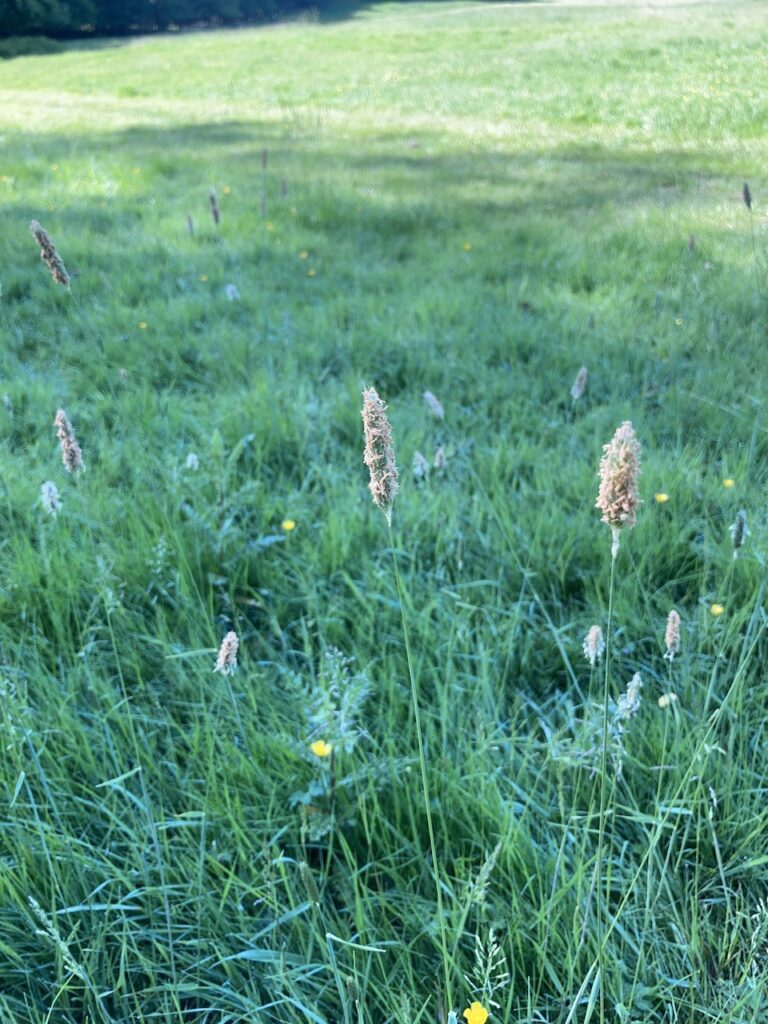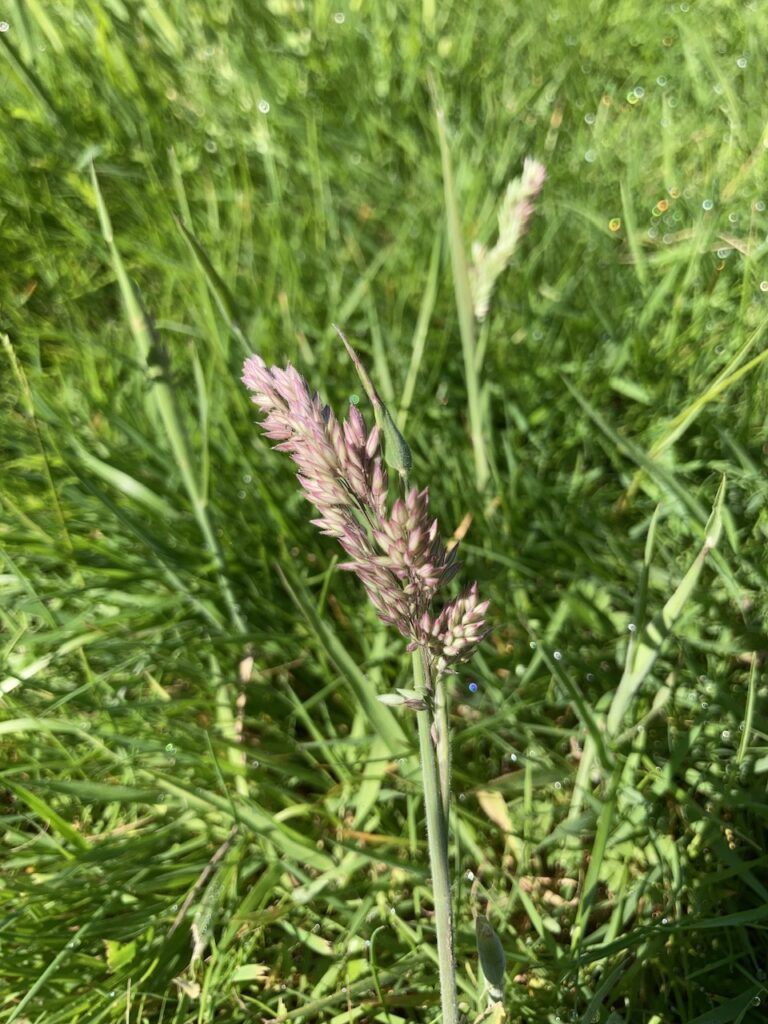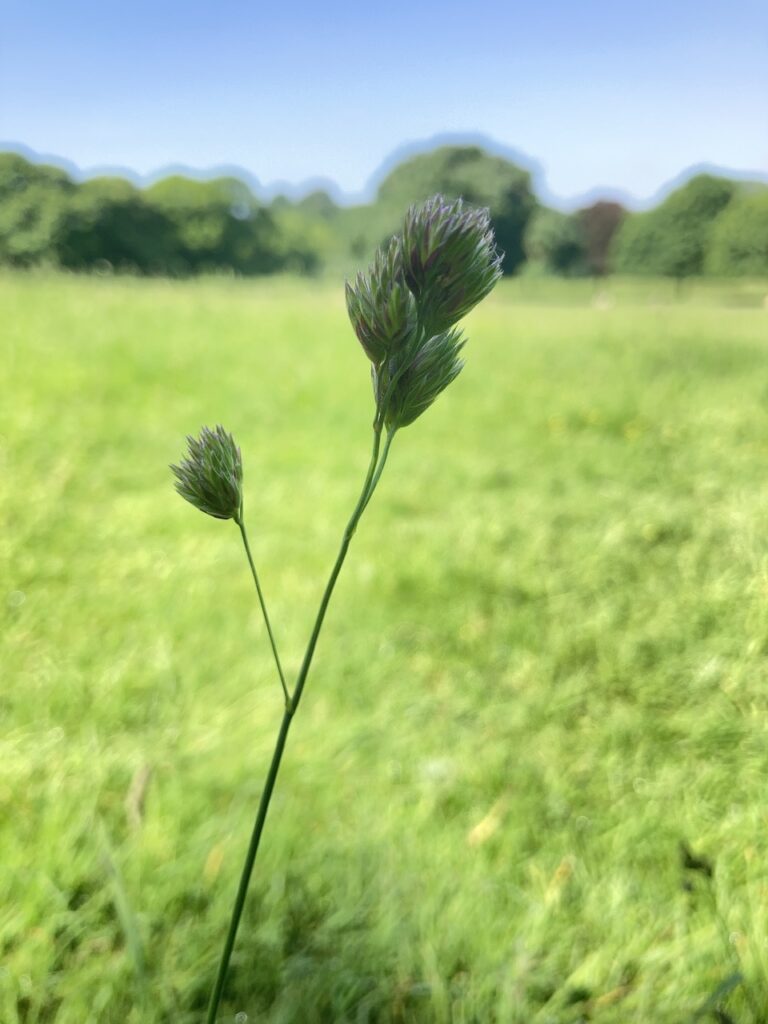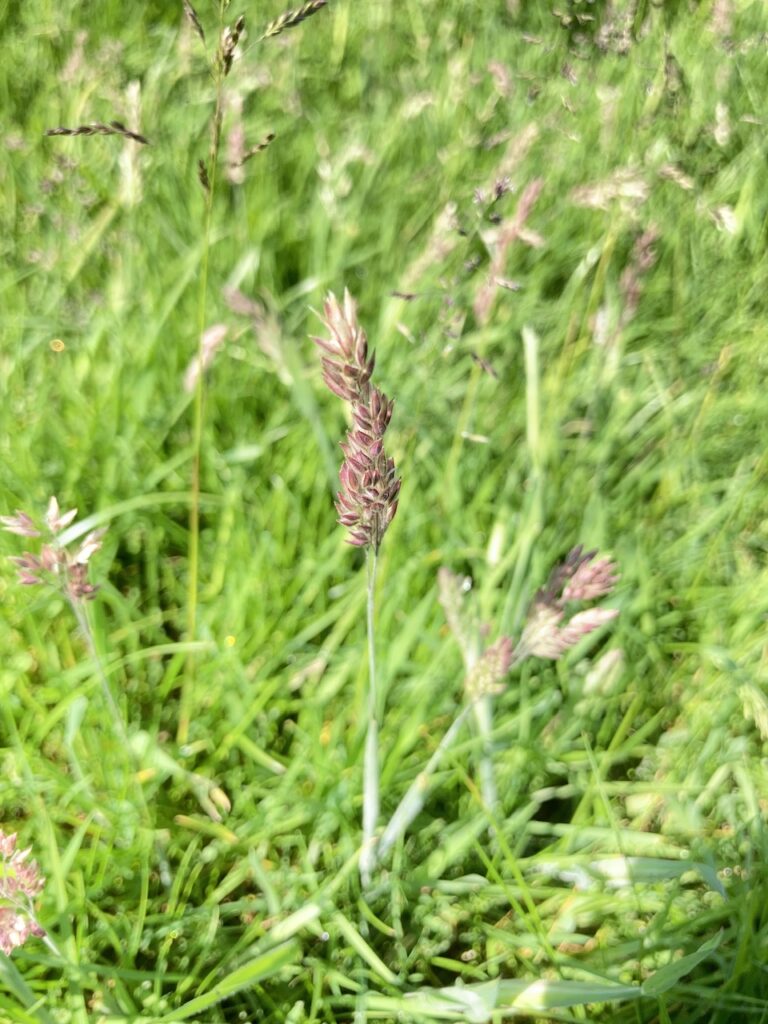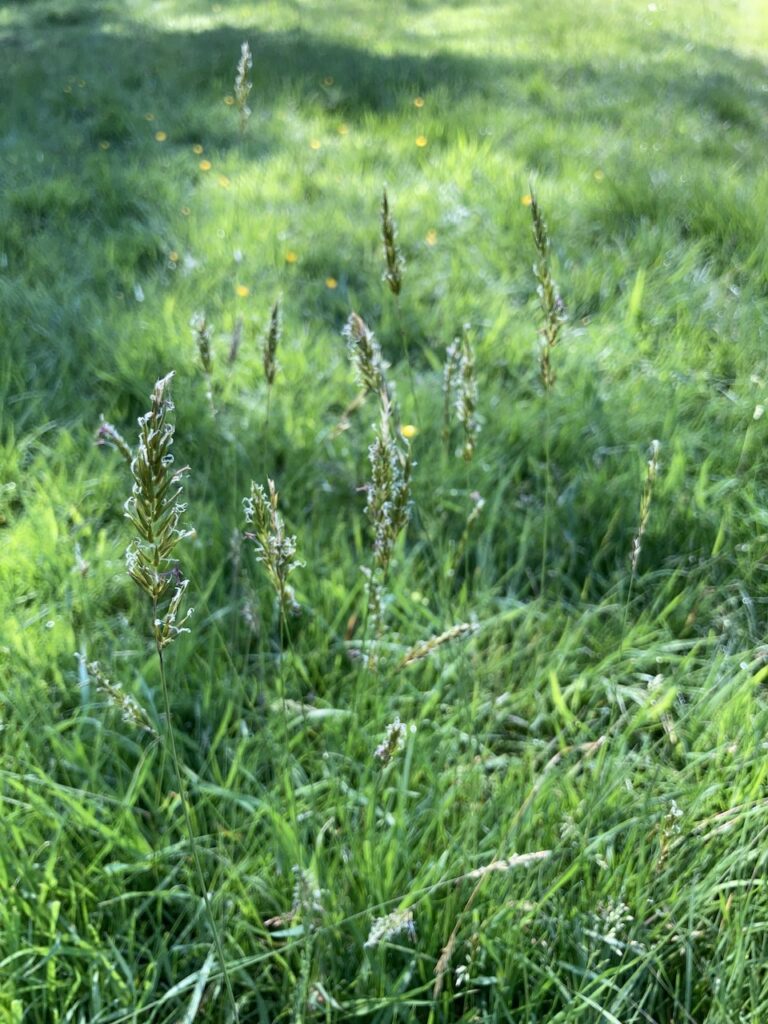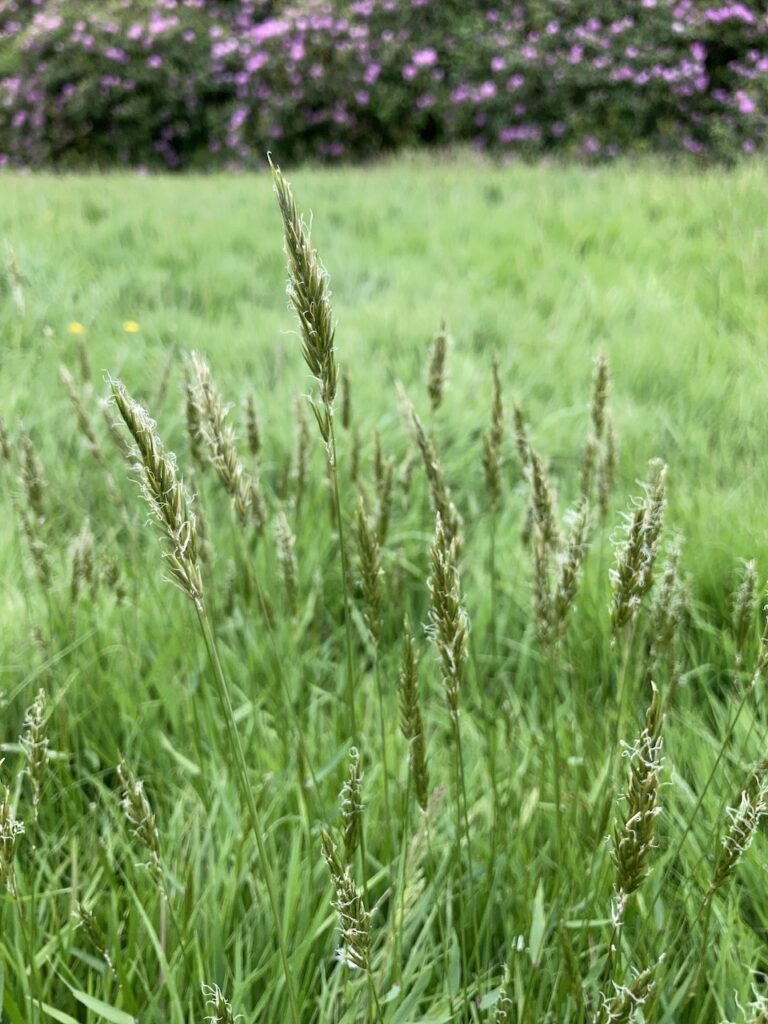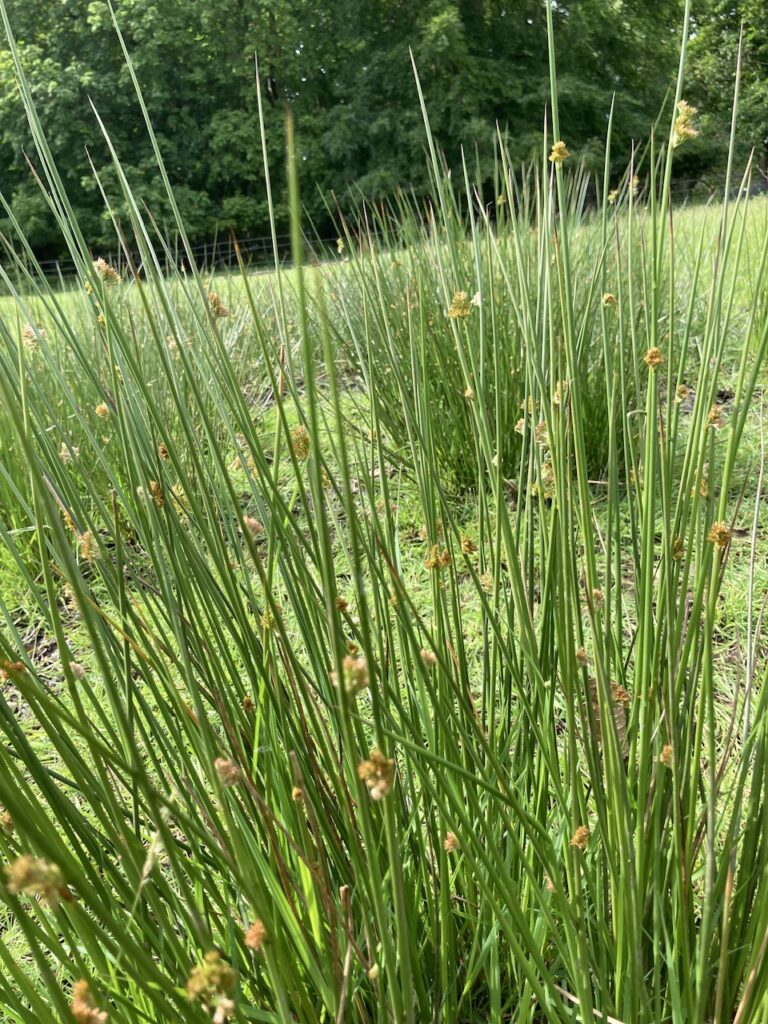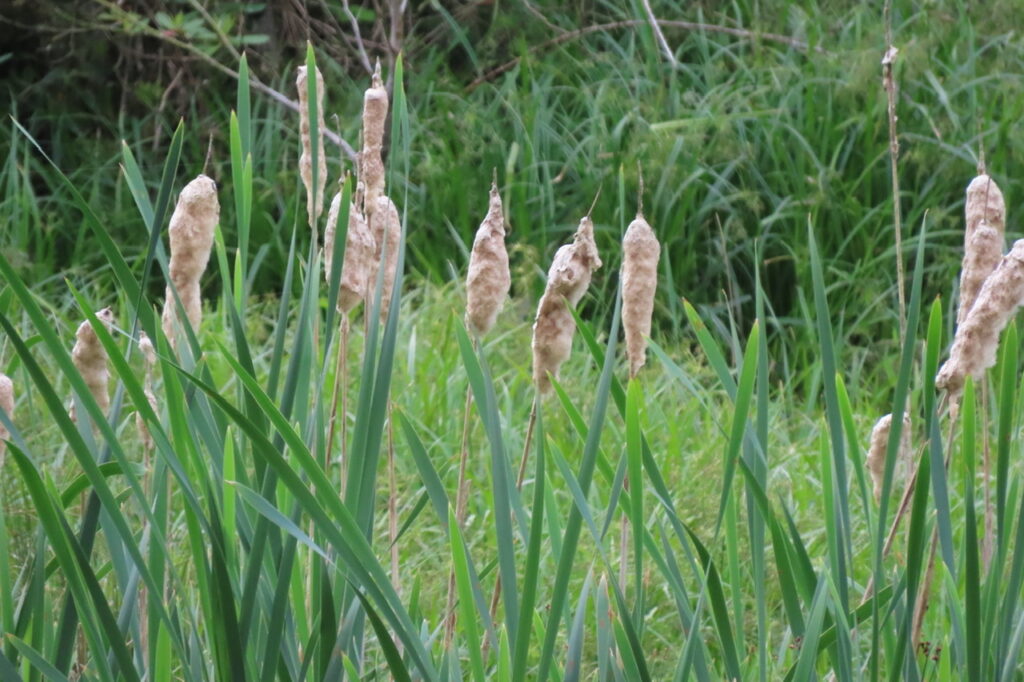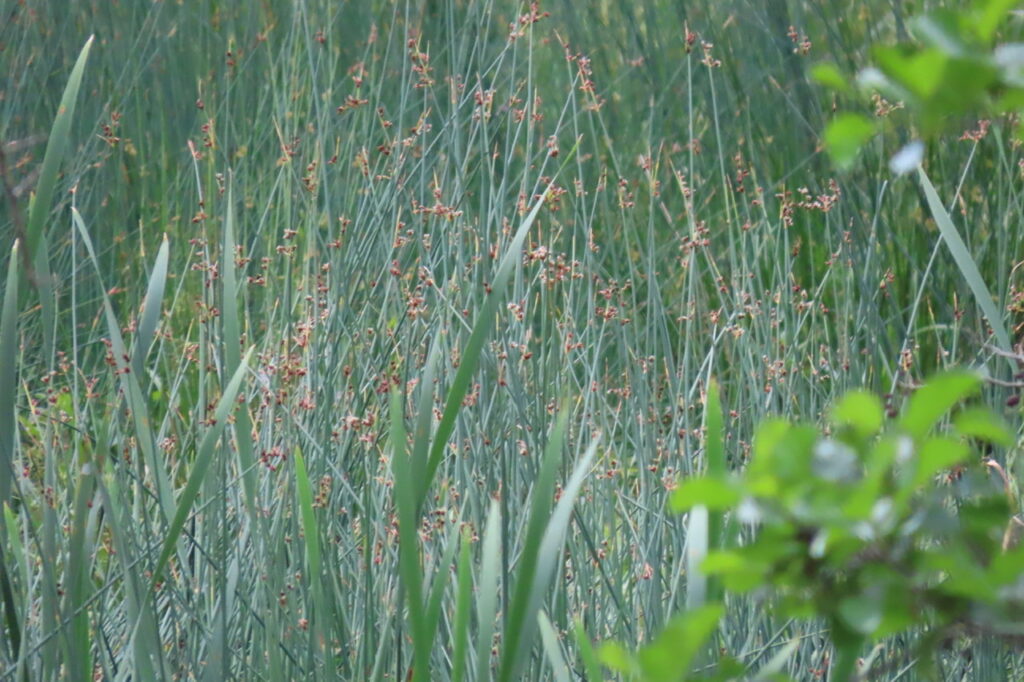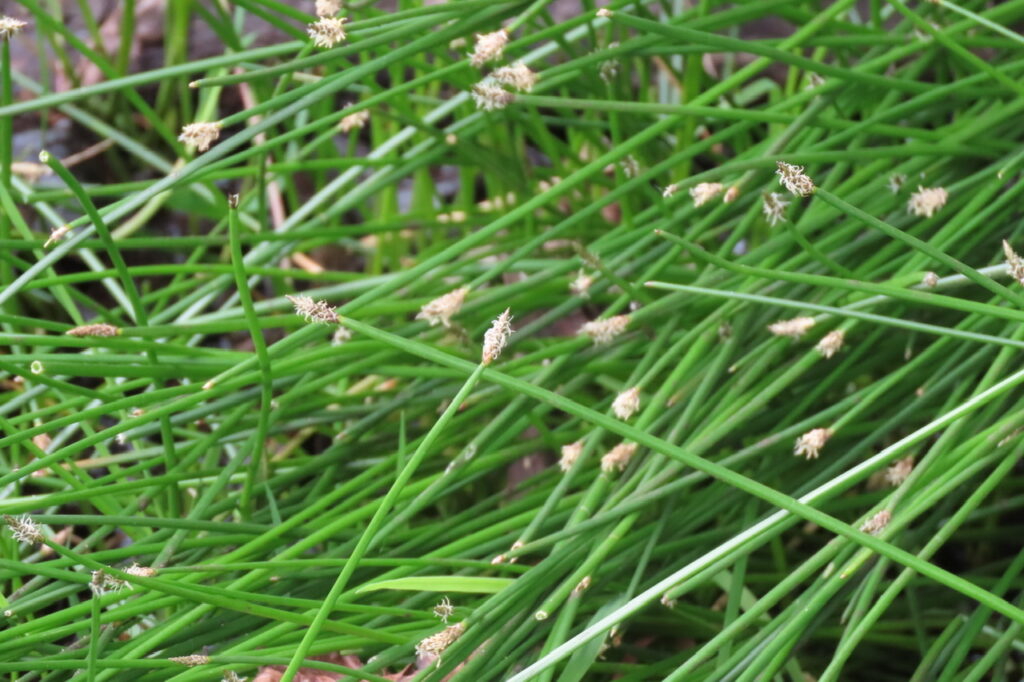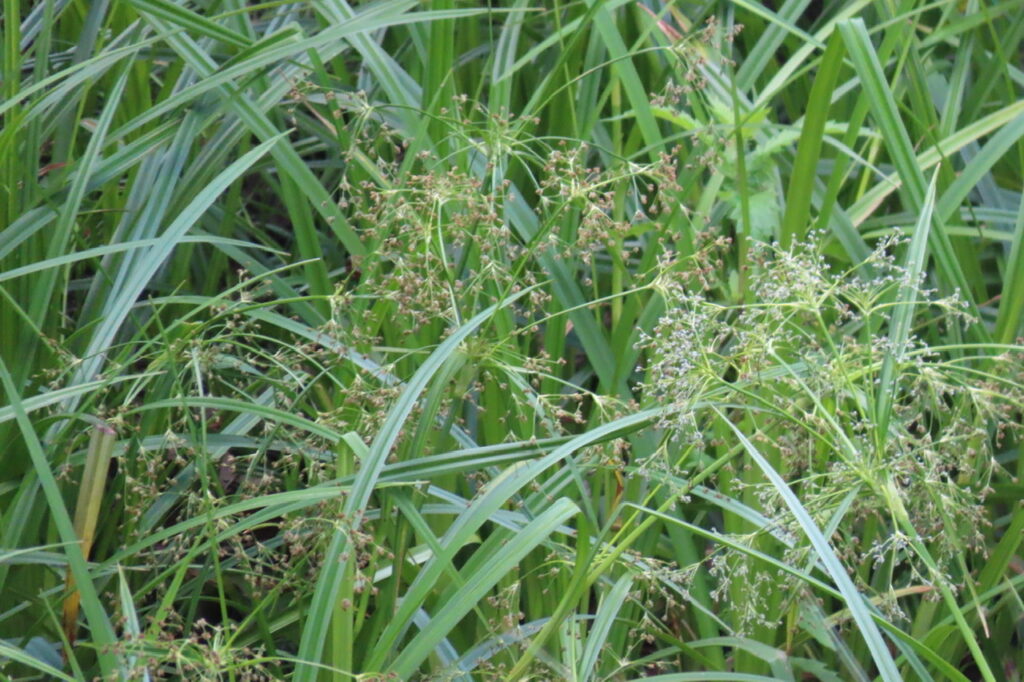Ferns: Ferns are non-flowering plants. They reproduce with spores instead of seeds. Ferns typically have large, feathery fronds (leaves) that unfurl from a central fiddlehead.
Grasses: Grasses have hollow, round stems with joints (nodes) that allow them to bend easily. Their leaves have parallel veins and a distinctive sheath at the base where the leaf meets the stem. Grasses produce small, wind-pollinated flowers that are often inconspicuous.
Sedges: Sedges can be distinguished from grasses by their solid, triangular stems. Their leaves also have parallel veins, but they may feel rougher or more edged than grass leaves. Sedge flowers are usually inconspicuous and arranged in spikes or clusters.
Rushes: Rushes have round, solid stems similar to grasses, but they are typically stiffer and lack the joints found in grasses. Rush leaves are usually round or have a v-shaped cross-section, and they may be absent altogether in some species. Rush flowers are also small and wind-pollinated.
Ferns
Bracken
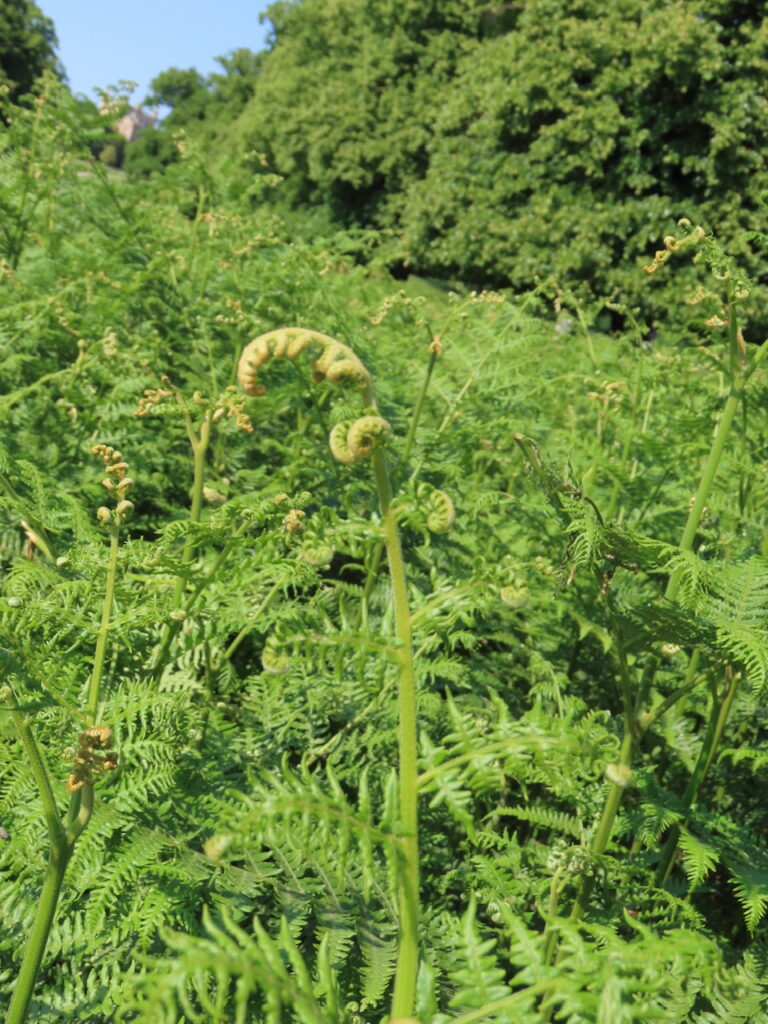
Pteridium aquilinum.
Bracken is the UK’s most widespread Fern. Plants are knee-high in summer and it dies back in winter, leaving a rusty brown blanket until spring unfurls its tightly curled new leaves.
Photographs used on these Wildflower pages were taken in Wollaton Park and are reproduced with the original artist’s permission.
Credits: Colin Robbins, Gila Taylor, Chris Golightly, Kiyoko Naish, Michael Hayes, Unni Williams, Kyle Heesom, Wendy Martin.
Copyright © for each picture remains with the original artist, who is duly acknowledged and credited for each image.

